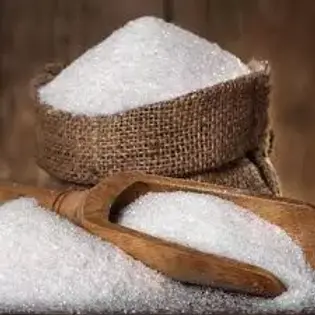Agricultural commodity
Sugar
The history of sugar in Brazil dates back to the colonial period, when sugarcane cultivation was introduced by the Portuguese in the early 16th century. The plant, originally from Asia, found an ideal environment for cultivation in the climate conditions of the Brazilian coast, which transformed sugar production into one of the country's main economic activities. Brazil, with its vast territorial extension and fertile soil, quickly became one of the largest producers and exporters of sugar in the world, especially for the expanding European market.

In the global market, Brazilian sugar is a highly traded commodity, with high demand in Europe, Asia and the Middle East. The New York Stock Exchange (ICE Futures) is one of the main centers where sugar is traded as a commodity, with Brazil being one of the largest influencers of global prices. Raw sugar is the most traded type, being processed into refined sugar in importing countries. In addition, fluctuations in production and international prices are linked to factors such as weather, subsidy policies in other countries and exchange rate variations.
Another important aspect of sugar production in Brazil is its relationship with the production of ethanol, a renewable fuel derived from sugarcane. Brazil is one of the few countries in the world where ethanol competes directly with gasoline as a source of energy for vehicles. This flexibility in production between sugar and ethanol allows the sugar sector in Brazil to adjust to changes in demand and price in the global sugar or fuel market, which gives the country a strategic position in the global economic scenario.

